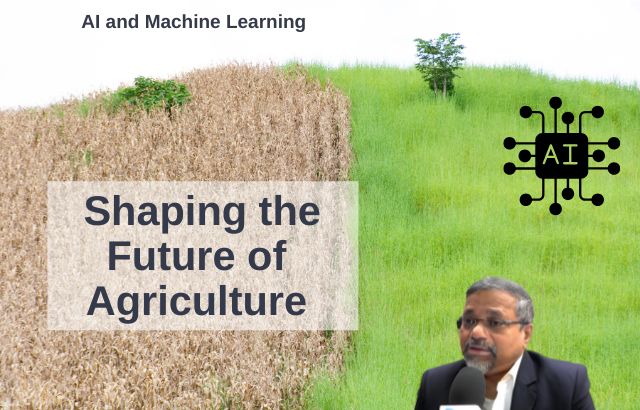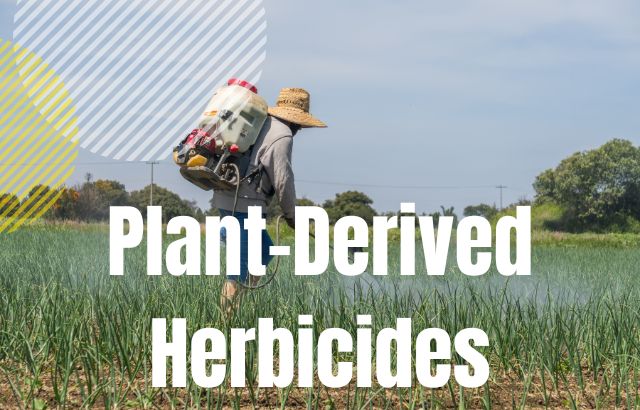Key Strategies for Adaptation in Climate-Smart Agriculture
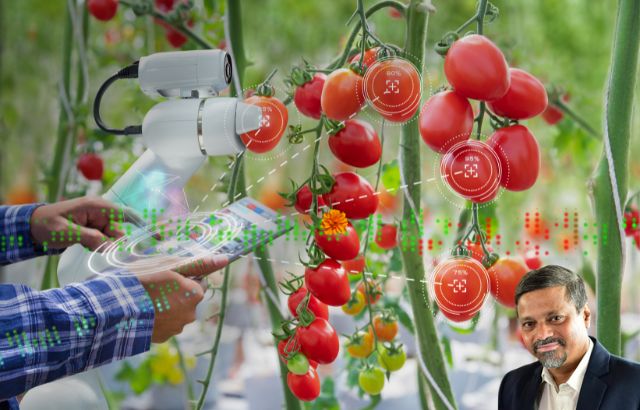
- Optimizing Water Use Efficiency: Water scarcity is a significant challenge. CSA focuses on techniques like drip irrigation and rainwater harvesting.
- Soil Health Management: Healthy soils through agroforestry, crop rotation, and organic fertilizers reduce the need for chemicals and enhance carbon sequestration.
- Sustainable Pest and Weed Management: The adaptation strategy here involves using biocontrol agents and bioherbicides as well as integrated pest management (IPM).
Green Innovation in Agriculture
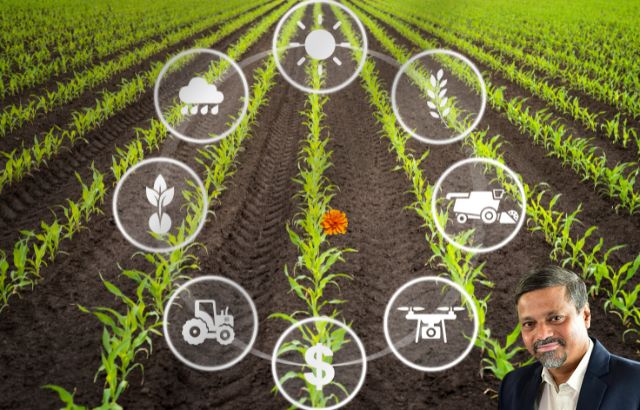
Green Solvents: Green solvents, such as lactic acid-based solvents, replace petrochemical solvents in herbicide formulations, reducing toxicity and enhancing biodegradability.
Green Surfactants/Adjuvants: Plant-derived surfactants, like saponins from soap nuts, improve pesticide absorption and reduce environmental impact.
Plant-Derived Herbicides/Green Herbicides/Bioherbicides: These natural herbicides, such as acetic acid or allelopathic compounds from plants, offer sustainable alternatives to synthetic chemicals.
Green Herbicide Safeners: Derived from natural sources, these safeners protect crops from herbicide damage while maintaining effective weed control.
Role of Green Innovator Jaiguru Kadam
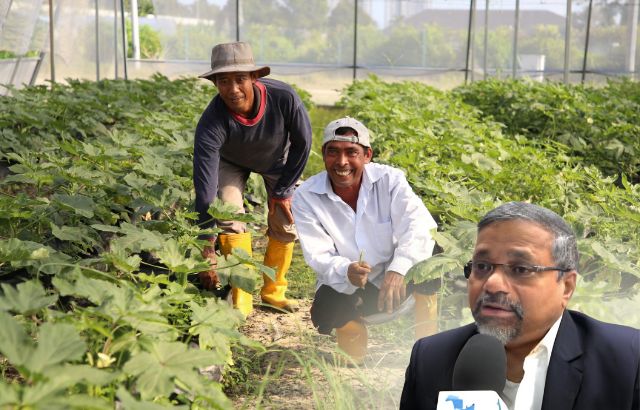
Jaiguru Kadam is a key figure in the development of sustainable agriculture solutions. He has pioneered the use of green solvents in herbicide formulations and developed plant-derived bioherbicides that reduce the need for synthetic chemicals, benefiting both the environment and farmers.
- 30% of global agricultural land is affected by drought, but CSA practices can reduce water usage by up to 50% in some areas.
- 2.5 million tons of synthetic chemicals are applied to crops annually, but green innovations like bioherbicides can cut this down by 40-60%.
- 80% reduction in toxic load can be achieved by using green surfactants in agrochemical formulations.
- 50% reduction in herbicide-related crop injuries can be achieved using plant-derived herbicides.
Frequently Asked Questions (FAQs)

- What is Climate-Smart Agriculture?
- Climate-Smart Agriculture (CSA) refers to agricultural practices that increase productivity, resilience to climate change, and reduce greenhouse gas emissions.
- What are green solvents, and why are they important?
- Green solvents are eco-friendly alternatives to traditional solvents, derived from renewable resources. They are biodegradable and non-toxic, reducing environmental pollution.
- How do plant-derived herbicides work?
- These herbicides use natural compounds from plants to control weeds. They are biodegradable and less toxic, making them a safer alternative to synthetic herbicides.
- What role do green innovators play in agriculture?
- Green innovators like Jaiguru Kadam create sustainable agricultural practices and technologies, reducing the environmental impact of farming and ensuring food security.
- How can farmers adopt CSA strategies in their practices?
- Farmers can adopt CSA strategies by improving water efficiency, using sustainable pest management practices, and utilizing green technologies like bioherbicides and green surfactants.
Inspirational Quotes
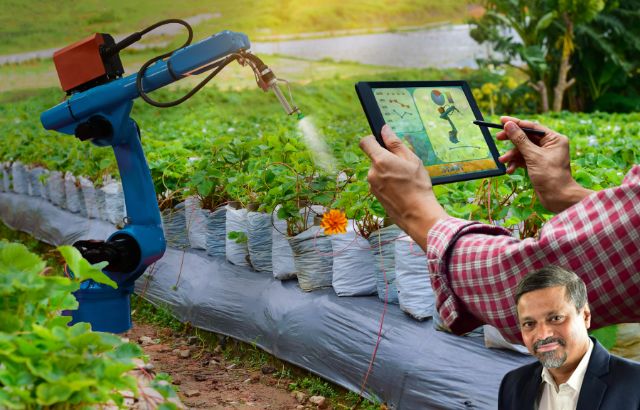
“Innovation in agriculture is the key to feeding a growing world while protecting our planet.” — Jaiguru Kadam
“Sustainability isn’t just an option; it’s a necessity. Our future depends on the choices we make today.” — Unknown
“Agriculture must be re-imagined for the future, using green innovations to adapt to climate change and ensure a resilient food system.” — Jaiguru Kadam










